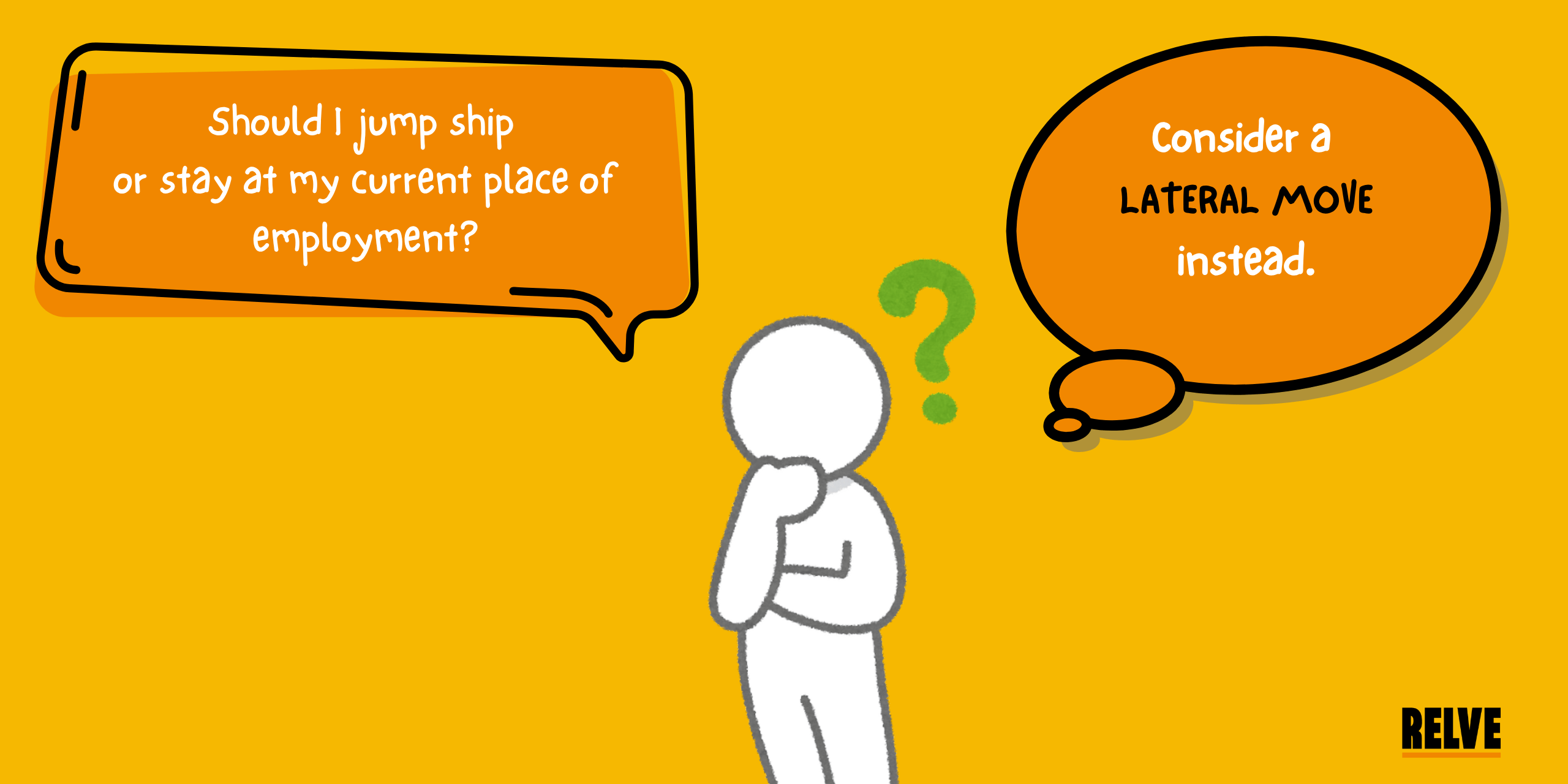You’ve been in your current role for a few years, and while it’s comfortable, you feel… stuck. You’re eyeing a promotion, but it’s not happening anytime soon. A part of you is tempted to jump ship, but job hunting feels like a full-time job itself. You, my friend, need to look into the lateral move.
A lateral move – yes, a lateral career move – could be the secret weapon to reigniting your career. While it may not come with an immediate raise or a fancier title, it means more than just a sideways shuffle. It can open doors, expand your skill set, and even fast-track you to that dream promotion down the line.
So, let’s break down what lateral moves mean, why it might be the best decision you’ll ever make, and how to leverage it for long-term success.
What is a Lateral Move?
What does it mean?
Professor Stephen D’Angelo from Cornell found that ultimately “workers who are laterally moved in one period are more likely to be subsequently promoted and experience larger wage growth compared with workers who are not laterally moved.”
It’s important to note that moving laterally in a career is not about settling – it’s about strategic growth.
Lateral Move vs. Vertical Move: Which One is Better?
Many professionals assume that the only career move worth making is an upward one. However, choosing between these two depends on where you are in your career and what your goals are.
Expands your skill set across multiple domains.
Helps you build a stronger, more versatile network.
Increases your value in the job market.
Provides fresh challenges and prevents burnout.
Positions you better for future promotions.
Higher salary and job title.
More leadership responsibilities.
Increased visibility within the company.
Why Consider a Lateral Change in Your Career?
It’s not always about the money or that fancy new title. Here are a few considerations why people opt for a lateral career move:
Common Myths About Lateral Moves (And Why They’re Wrong)
Let’s get some things straight.
Note: Click to reveal the correct answers to long-standing myths:
How to Make a Strategic Lateral Move
Here’s how you can be strategic about this:
Conclusion: Should You Make a Lateral Move?
The truth is, the smartest professionals don’t just chase promotions – they chase growth. A lateral change in your career can be your secret weapon for long-term success. It’s not about stepping sideways – it’s about stepping forward strategically.
And sometimes, endurance means taking the unconventional route, like making a lateral job move.
